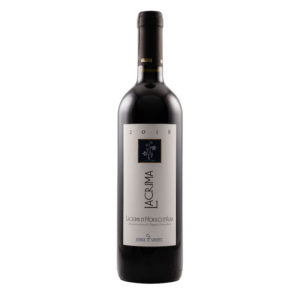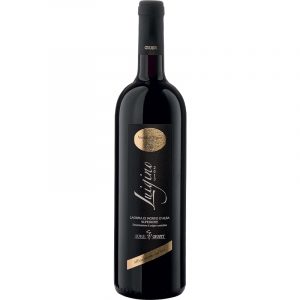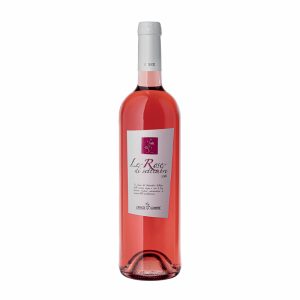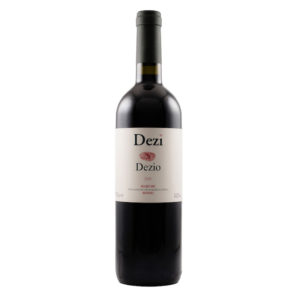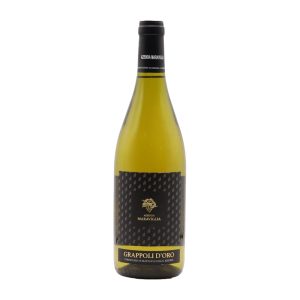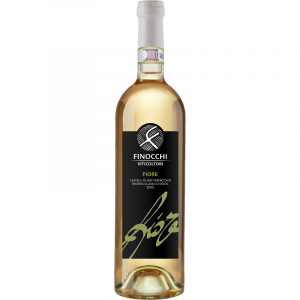Marche
One of the greatest hidden gems in Italy is the region Marche.
Embracing the Adriatic Sea with breathtaking landscapes, the region is a wonderful place that deserves to be discovered.
Rolling hills in all shades of green, medieval hilltop towns, tiny villages, beautiful beaches alongside the blue sea, kilometres of vineyards, wonderful food and exquisite wine.
It is located in Central Italy, between Tuscany and Umbria to the west, Emilia Romagna to the north, and Lazio and Abruzzo to the south. The region has a number of terroir very well suited to the cultivation of vines. Due to the influences of the Apennines, the Adriatic and the region’s rivers, there are various climates at work in Marche. Therefore wine producers in the region work in both warm and cool viticultural zones.
One of the greatest peculiarity of this region is that you can go from an altitude of over 2000m to sea level in just an hour. This special dialogue between mountain and sea can be recognised in many aspects like history, habits, food and wine.
Marche is best known as a white wine region, although it is also home to some reds of very high quality. The finest expressions of white wines are found in the DOCGs Verdicchio dei Castelli di Jesi and Verdicchio di Matelica. These green-hued, refreshingly crisp, green-tinged white wines are characterised by lively acidity and subtle herbaceous undertones, and are an excellent food match for basically everything from cheeses, pasta to poultry and fish.
Another notable white wine from Marche is Bianchello del Metauro, made from Bianchello (also known as Biancame) grapes grown around the Metauro river valley. Other widely planted white grape varieties include Trebbiano, Passerina and Pecorino.
Among the red wines of Marche, the finest are generally made from the Montepulciano grape and or Sangiovese. The duo dominate central Italian red and here make the Rosso Piceno, a blend of both Montepulciano and Sangiovese, and the intense and fragrant Rosso Conero. Last but not least the Vernaccia Nera used in the sparkling DOCG wine Vernaccia di Serrapetrona, which possibly uniquely, the wine undergoes three fermentations.
Another promising DOCs is Lacrima di Morro d’Alba. The latter is an aromatic red wine based on Lacrima (di Morro), a variety peculiar to the commune of Morro d’Alba. It is usually dry but sweet passito versions are also bottled.
Marche’s winemaking heritage spans thousands of years and has been influenced, among others, by the Etruscans and Romans. The presence of these various cultures goes a long way to explaining the breadth of vinicultural tradition and wine styles in the region.

